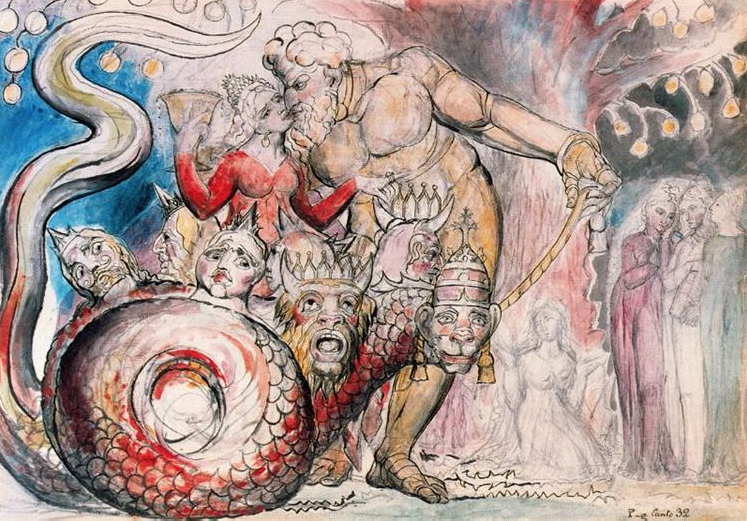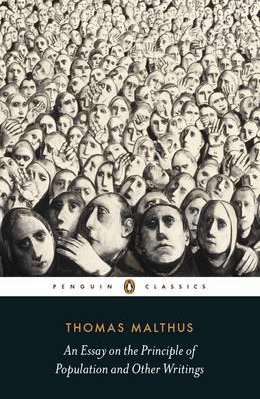William Blake, Thomas Paine, and the Revelation of Revolution

‘The Harlot and the Giant’ from William Blake’s illustrations to Dante’s Purgatorio. It’s basically a depiction of modern Britain in a form that would get past the censors
Censorship, Surveillance and the Power of the State: The Whore and the Beast

1798: one of the spiritual low points of modern British history, and the year of Malthus’s Essay on Population. Shelley called Malthus “the apostle of the rich” and Engels later described Malthus’s vision as “the crudest, most barbarous theory that ever existed, a system of despair.” Malthus’s influence on modern eugenic and environmental thinking, as well as Darwinism, has been massive.
For many of us, 1798 was the year of the Lyrical Ballads. But it was also the year of Napoleon in Egypt, the uprising of the United Irishmen and its bloody aftermath, of Malthus’s first Essay on Population, and the year of “the most draconian, anti-radical crackdown of the entire Pittite ‘Terror’” (Ian McCalmon, New Jerusalems).
For William Blake, it was a seemingly unexceptional year, a year for which there are no known letters and no known published works other than some commerical engravings. But it was also the year in which he wrote on the verso of the title page of Bishop Richard Watson’s An Apology for the Bible: “To defend the Bible in this year 1798 would cost a man his life” and then “The Beast and the Whore rule without controls.” The Bishop’s Apology was an attack upon The Age of Reason by Thomas Paine, and Blake’s notes were a vehement counter-attack upon Bishop Watson. Why should Blake want to defend Thomas Paine, with whom he had some important points of disagreement, so unequivocally?
Read More

 According to old Chinese belief, William Blake (1757– 1827) was cursed, since there is no question he lived in ‘interesting times’. Blake was a visionary English poet and artist. He was fascinated by apocalyptic biblical beliefs and prophecies, and worked elements of these even into artworks commissioned of him to illustrate the texts of other poets.
According to old Chinese belief, William Blake (1757– 1827) was cursed, since there is no question he lived in ‘interesting times’. Blake was a visionary English poet and artist. He was fascinated by apocalyptic biblical beliefs and prophecies, and worked elements of these even into artworks commissioned of him to illustrate the texts of other poets.



